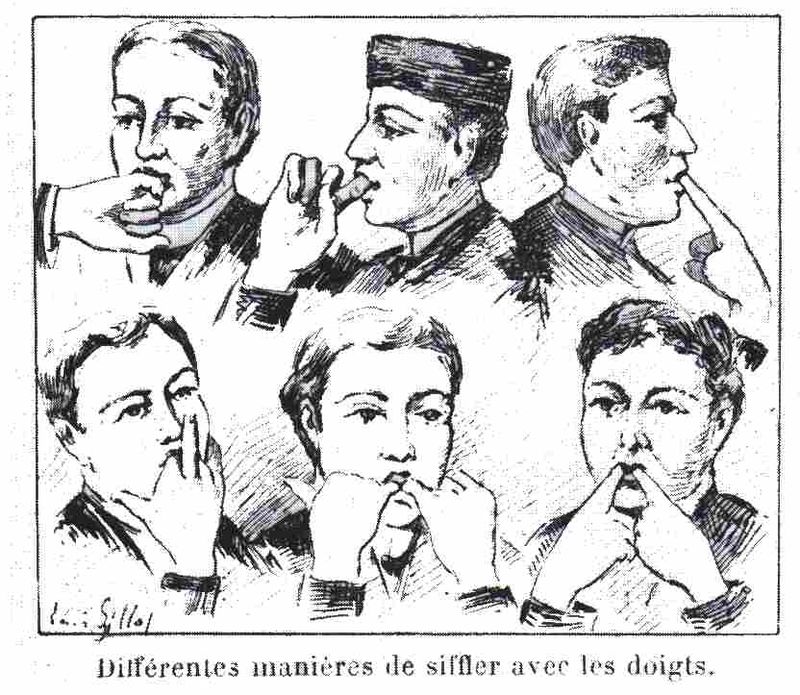The lost art of whistling loudly with your fingers – if stranded it could save you

What do you do if you require to catch the attention of someone in the wilderness; shout at the top of your voice or you can whistle really loud. Whistling has always been a very effective way of attracting attention and mastering that art could help you in the long run especially in a life and death situation in the wilderness.
Not all of us are experts in whistling, I am not talking about the odd whistling that we do while trying to remember a song or something, this whistle is like a train whistle: loud and ear numbing. Mastering this monster of a whistle is not as hard as you might imagine. It is highly likely that you have spent some period of your childhood trying to have command over whistling either to impress your peers or simply to copy your father or grandfather. However, try the following steps and see if you can learn this rare trait.
You are going to be using your hands – fingers to be more precise – so make sure you have washed your hands thoroughly as you may be doing a lot of practice and you wouldn’t want bacteria to nest in your mouth.
In this step, you will be forming the basic frame for your whistling tone. Extend your index and middle fingers of both hands while curling all other fingers back, now join the extended fingers making an A shape, make sure the knuckles of your index and little finger are touching even slightly.
Now open your mouth and curl your lips inwards, covering your teeth. This is more like when we try to impersonate a really old person without teeth.
This is perhaps the most important step of the whole procedure that will play a critical role in your whistle tone. Using the extended fingers push the one fourth of your tongue inward by folding it upwards.
Now everything is pretty much set, and you are ready for your first whistle; now blow gently through the hole between the two middle fingers. Don’t worry if you get nothing in the first few attempts, keep trying and you will amaze yourself with your progress.
You can change the tone of your whistle by decreasing or increasing the air pressure or slightly changing the angle of the fingers.
Once you master the art of whistle blowing try not to be a pain for your neighbors or even family members. The sound of the whistle could be excruciatingly painful for some people; so if you need practicing visit a park or a forest and practice as much as you can and as loud as your lungs allow you.
